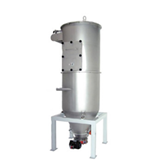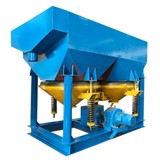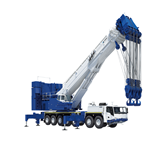The tyres you use can have a significant impact on forklift performance, tyre lifespan, and the types of surfaces your forklift can operate on. The wrong tyres can mean additional costs to your business, difficulty completing routine tasks, and, in some cases, dangerous working conditions. As such, forklift tyre care is an element of forklift servicing that Waverley Forklifts will always take seriously. We encourage you to visit our Service and Repair page for more information on our commitment to forklift tyre change care.
The purpose of this guide is to help you understand the differences in forklift tyres so you can make the best decision for your business. To help you understand the topic better, we’ll look at how to approach choosing forklift tyres, the different types available (including how to know which one is right for you), and the importance of correct forklift tyre pressure.
CHOOSING THE BEST FORKLIFT TYRE FOR YOU
There are a few key characteristics to consider when selecting a forklift tyre:
Style: The different types of forklift tyres (see below for more details) are each suited to specific purposes, and this should guide your decision. For example, pneumatic tyres (which are filled with air) are well-suited to rough surfaces like roads and gravel, while solid tyres (which are rubber wrapped around a steel band) work best on smooth surfaces.
Tread: Whether the surface of the tyre has tread or is smooth will make a difference to your application. Tyres with smooth surfaces may be better suited to indoor use, while tread provides traction for difficult conditions. A mix of both types of tyre is common.
Size: Tyre size is dictated by the weight of the load that will be distributed over each tyre. Overloading a forklift can be dangerous for the tyres, sometimes resulting in radial cracking. Forklifts are generally suited to a particular size of tyre, so it’s best to check with your dealer or forklift manual before making a selection.
When choosing a tyre, start by understanding the requirements of the job at hand and the specifics of your forklift. View our range of forklifts for more information about which forklift is right for your job.
DIFFERENT TYPES OF FORKLIFT TYRES
Not all forklift tyres are made equal. This means that what works for one business or industry may not be applicable to others. By understanding the variables listed above, as well as the requirements of your specific job, you should be able to choose the right type of tyre.
SOLID TYRES/PUNCTURE-PROOF
The most common type of forklift tyres are puncture-proof tyres made of solid rubber that do not contain air. Because of this, they are hard-wearing tyres that tend to have long lives. Solid/puncture-proof tyres are great all-rounders for indoor and outdoor use, but they are generally not suited to rough or uneven surfaces.
CUSHION TYRES
Made of hard, thin rubber, cushion tyres are best used for indoor jobs or very smooth outdoor surfaces. Cushion tyres are lauded for their long lifespan, though the trade-off is that they are often the most expensive type of tyre to replace.
PNEUMATIC TYRES
Similar to those used in smaller vehicles, pneumatic tyres feature an inner tube filled with air via a valve, surrounded by a rubber exterior. The advantage of pneumatic tyres is their suitability to rugged and uneven surfaces, though they also tend to have the shortest lifespan. Pneumatic tyres are relatively inexpensive compared to other types of forklift tyres.
NON-MARKING TYRES
The surface of non-marking tyres contains no carbon black, which is the compound responsible for leaving black marks (hence the name). As a result of removing carbon black, non-marking tyres have a short lifespan. This type of tyre is generally mandated for shop floors and food processing industries.
FORKLIFT TYRE PRESSURE
Pneumatic-style tyres consist of an interior that is filled with pressurised air, surrounded by rubber tread. When the tyre’s interior is inflated to above atmospheric pressure, it is able to withstand the weight pressing down on it without significantly deforming. There is, however, a slight amount of give and this provides a degree of protection against bumps in the road. Striking the balance between sturdy pressure and give is the key to a correctly-inflated tyre.
Different styles and makes of tyres will require different pressure, as will variations in road surface, load weight and the vehicle itself. Too little or too much pressure can cause the tyre to wear more quickly than it should, shortening its lifespan. Overinflated tyres can also be at risk of bursting. As such, it pays to understand the air pressure requirements for the tyre you choose.
Each tyre will have its ideal air pressure listed by the manufacturer. Generally, air pressure is listed in the format of pounds per square inch (psi). Always ensure you follow the manufacturer’s instructions when inflating forklift tyres.
MAKE YOUR FORKLIFT PERFECT FOR THE JOB AT HAND – CONTACT US TODAY!
Forklift tyres aren’t one-size-fits-all. If you regularly operate a forklift, understanding the different types of tyres available can mean avoiding expensive forklift repairs and unnecessary tyre replacements.
With years of hands-on experience, the team at Waverley Forklifts is always here to assist. We understand that choosing the right forklift tyre for the right situation makes your job easier. To learn more about how we can assist in adapting your forklift to your specific requirements, get in touch with a member of our friendly team today.


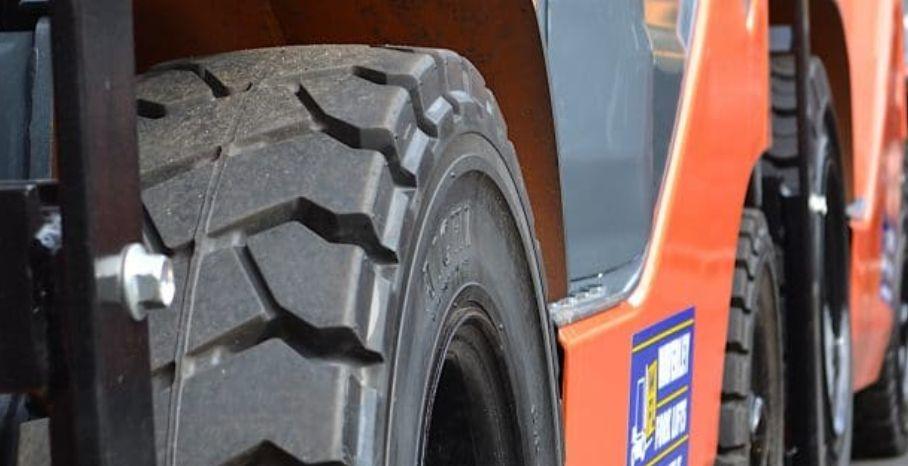

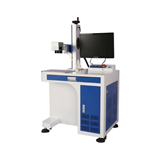
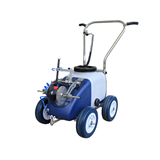
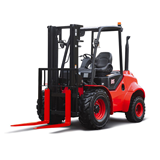




-160x160-state_article-rel-cat.png)
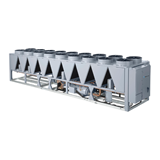
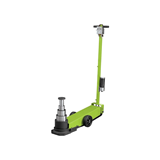

-160x160-state_article-rel-cat.png)
